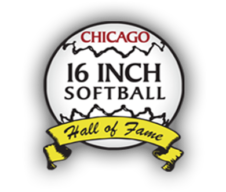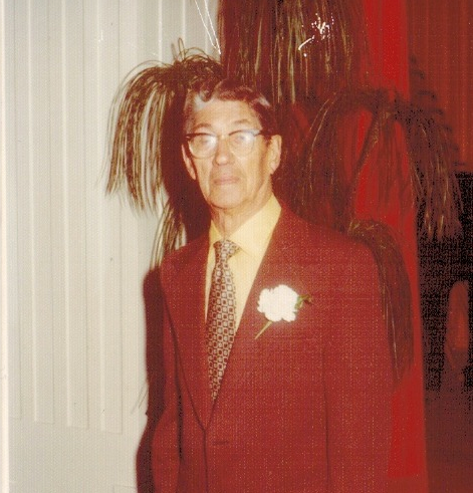Albert Fegan was born in Chicago in 1901. When he was a young man, he was offered a job by George Young at the George Young Plant and Company. Founded in 1893, the company, located on Western Avenue in Chicago, manufactured baseball and softballs.
On July 21, 1925 at twenty-four years of age, Albert was issued a patent for an indoor baseball. America was discovering the love of indoor games and Albert’s patent solved a major problem with indoor baseballs. The ball was too heavy to be driven in the proper direction or distance when struck by a bat. Albert’s invention lightened the ball’s core to ensure a truer flight. He was awarded a similar patent for the softball on May 25, 1937.
On July 20, 1954, he was awarded a patent for a new and novel way to secure the cover on baseballs and softballs. This patent was for the “concealed stitch”, which allowed the stitches to be placed underneath to cover. Prior to this invention, softballs didn’t last very long on the hard surfaces of Chicago’s street and parks. Albert’s invention “hid” the stitches so the ball would last longer. Many softball experts think this was the precursor to the “Clincher” design made famous by DeBeers.
In 1952, Albert became president of the George Young Company and opened a branch in Puerto Rico. He eventually closed this branch and moved production to Haiti. In 1962, he reopened a branch in Milwaukee but continued to manufacture softball in Haiti. George Young Company became Lincoln Diversified, a company founded by Albert’s son, Albert Jr. It was located in Elmhurst, Illinois but moved to Florida.
Many believe that by moving production to Haiti, Albert was able to keep cost production down so that the labor intensive hand stitched softballs would be affordable for baseball and softball leagues in Chicago and across the nation. The entire softball / baseball industry followed Albert’s lead in moving to Haiti, where they remained for three decades.
Albert’s grandchildren have fond memories of working summers in their grandfather’s factory packaging the sixteen-inch softballs that would be used in parks and leagues throughout Chicago as thousands played “Chicago’s game.”

